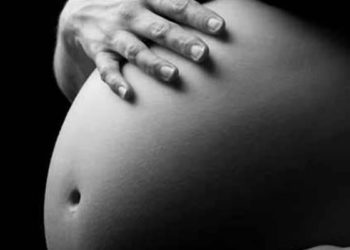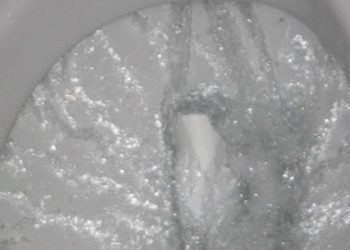Operative vaginal delivery associated with higher risk of anal incontinence and pelvic organ prolapse
1. In this retrospective cohort study, operative vaginal delivery was associated with a higher risk of anal incontinence and pelvic organ prolapse compared to spontaneous vaginal delivery.
2. Cesarean delivery was associated with a lower risk of stress urinary incontinence, overactive bladder, and pelvic organ prolapse compared to spontaneous vaginal delivery.
Evidence Rating Level: 2 (Good)
Study Rundown: Women are more likely to be diagnosed with a pelvic floor disorder, especially following childbirth. With the incidence of pelvic floor disorders expected to increase, characterizing its association with parity is of importance for counseling postpartum women. Among women included in this study, it was found that operative vaginal delivery, vaginal delivery with the aid of forceps or a vacuum, was associated with a significantly higher risk of both anal incontinence and pelvic organ prolapse compared to spontaneous vaginal delivery. Five years following operative vaginal delivery, the cumulative incidence was highest for stress urinary incontinence followed by overactive bladder. However, 10 years following operative vaginal delivery, the incidence of pelvic organ prolapse drastically increases and continues to do so up to 20 years post-delivery. Furthermore, women who had a cesarean delivery, had a lower risk of stress urinary incontinence, overactive bladder, and pelvic organ prolapse compared to spontaneous vaginal delivery.
While this study followed women long-term, it only included women from a single institution. Additionally, the diagnostic criteria for many disorders changes over time, potentially including or excluding women from the study. Furthermore, if parity is associated with pelvic floor disorders, including women with multiple gestations would be an important subgroup to study. Overall, this study highlights the type of delivery with increased or decreased likelihood of pelvic floor disorders and opens up possibilities for future studies.
Click to read the study in JAMA
Relevant Reading: Lifetime risk of stress urinary incontinence or pelvic organ prolapse surgery
In-Depth [retrospective cohort]: This study included postpartum women recruited from the Mother’s Outcome after Delivery (MOAD) study from October 2008 to December 2013. Women were followed annually for up to 9 years following delivery. Deliveries were classified as a cesarean birth, a spontaneous vaginal delivery, or operative vaginal delivery. Primary outcomes were the incidence of pelvic floor disorders: stress urinary incontinence (SUI), overactive bladder (OAB), anal incontinence (AI), and pelvic organ prolapse (POP). Of 12,691 eligible women, 1, 528 were enrolled. 778 were in the cesarean delivery group, 565 women were in the vaginal delivery group, and 185 were in the operative vaginal delivery group. In total, there were 2,887 deliveries with 486 women having had 1 delivery (28%), 851 having had 2 deliveries (56%), and 241 (16%) having had at least 3 deliveries. Compared with spontaneous vaginal delivery, cesarean delivery was associated with a lower hazard of SUI (adjusted Hazard Ratio 0.46; CI95 0.32 to 0.67]), OAB (aHR, 0.51; CI95 0.34 to 0.76), and POP (aHR 0.28; CI95 0.19-0.42). On the other hand, operative vaginal delivery was associated with significantly higher hazard of AI (aHR 1.75; CI 1.14 to 2.68) and POP (aHR 1.88; CI95 1.28 to 2.78).
Image: PD
©2018 2 Minute Medicine, Inc. All rights reserved. No works may be reproduced without expressed written consent from 2 Minute Medicine, Inc. Inquire about licensing here. No article should be construed as medical advice and is not intended as such by the authors or by 2 Minute Medicine, Inc.







